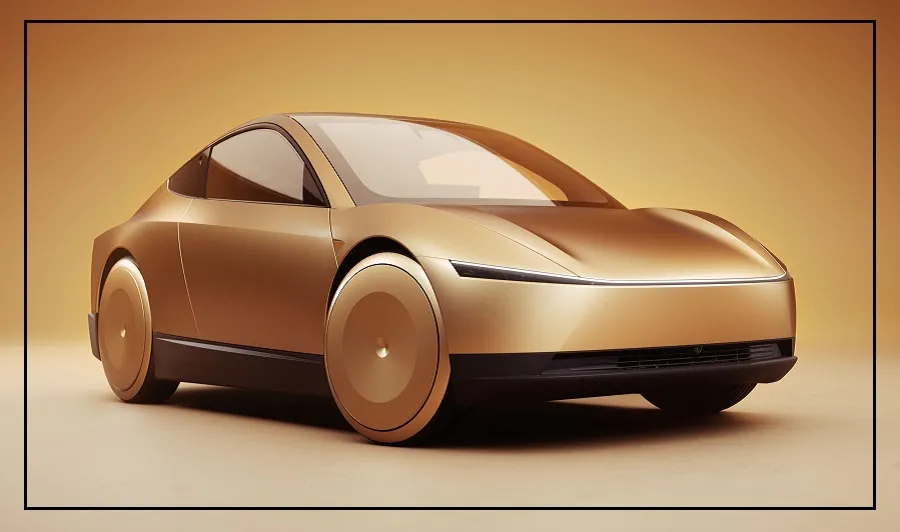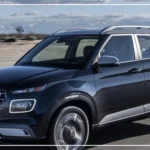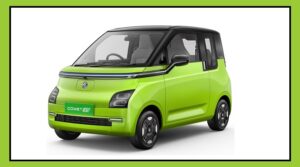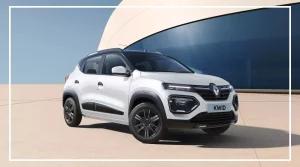Elon Musk, the world’s richest man, has introduced his first Cybercab vehicle, marking a significant milestone for Tesla in the realm of autonomous driving.
This innovative vehicle was unveiled during the “We Robot” event, where Musk highlighted its key features and production timeline.
Features of the Cybercab
1. Autonomous Design
The Cybercab is designed to operate without a steering wheel or pedals, emphasizing its fully autonomous capabilities.
Its unique design includes upward-opening doors, resembling butterfly wings, and a compact cabin that comfortably seats two passengers.
2. Pricing and Production
The production of the Cybercab is slated to begin in 2026, with deliveries also expected to start the same year.
The vehicle is priced at less than $30,000, which translates to approximately ₹25 lakh in Indian currency.
Musk revealed these details during the event held at Warner Bros Studio, where he showcased not only the Cybercab but also other future Tesla vehicles.
Innovative Charging and Safety Features
1. Inductive Charging
Unlike traditional vehicles, the Cybercab does not have a plug-in charging option. Instead, it utilizes inductive charging, similar to wireless charging, making it more convenient for users.
Musk claims this new vehicle is 10-20 times safer than existing cars, highlighting Tesla’s commitment to safety.
2. Focus on Autonomous Driving
Tesla aims to introduce fully autonomous driving capabilities in Texas and California by next year, with the Cybercab set to be a key component of this initiative.
The future will look like the future https://t.co/9DZ59Gdr1M
— Elon Musk (@elonmusk) October 11, 2024
The company also showcased a new “Robovan” transport vehicle, adaptable for mass transit or cargo carrying.
Future Developments
Musk mentioned that Tesla is also working on the Optimus robot, expected to be available for $20,000-30,000.
This robot is designed to perform various tasks, further enhancing the company’s innovative portfolio.
Musk emphasized the potential benefits of the Cybercab and similar technologies, noting how they could save lives and provide individuals with more free time for activities like reading, watching movies, or working.

























